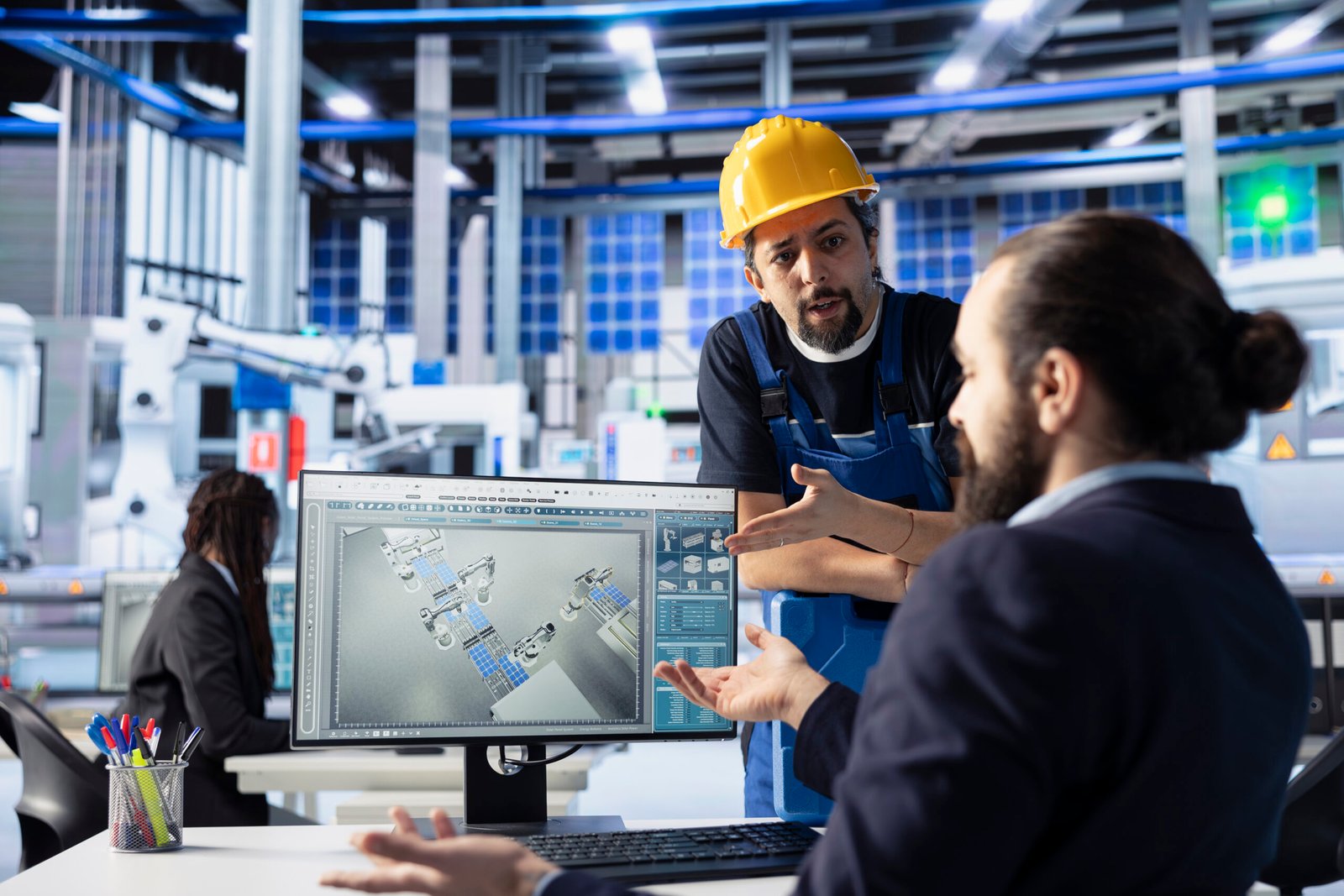What’s in the blog:
What if your factory could grow as effortlessly as your business ambitions? Imagine a facility that doesn’t just meet today’s needs but evolves with tomorrow’s possibilities. That’s the promise of scalable plant layouts—a design philosophy that transforms industrial spaces into dynamic ecosystems ready for expansion, innovation, and resilience.
Scalability isn’t just a buzzword in industrial engineering; it’s a strategic imperative. As global competition intensifies and technologies shift rapidly, manufacturers must design facilities that adapt without disruption. Many leading companies have long embraced scalable layouts to stay ahead of the curve. Let’s explore how this approach works and why it’s essential for future-ready operations.

What Is Scalability in Plant Layouts?
Scalability refers to the ability of a facility to expand, reconfigure, or upgrade without major overhauls. It’s about designing with foresight—anticipating future growth, technological changes, and evolving workflows. A scalable layout ensures that infrastructure, space, and systems can accommodate new demands with minimal friction.
Core Principles of Scalable Plant Design
1. Flexible Land Allocation
- Allocate zones for future expansion from the outset.
- Use zoning strategies to separate current operations from potential growth areas.
- Reserve buffer spaces for new buildings, storage, or utilities.
2. Modular Infrastructure
- Design utilities (power, water, HVAC) with modular components.
- Include expansion joints and plug-and-play systems for easy upgrades.
- Use prefabricated building elements to reduce construction time.
3. Scalable Transportation Networks
- Plan internal roads with future traffic volumes in mind.
- Include turning radii for heavy vehicles and space for additional loading bays.
- Design logistics zones that can expand with operational needs.
4. Adaptable Building Configurations
- Use clear-span interiors and high ceilings for flexible usage.
- Incorporate movable partitions and modular walls.
- Design buildings to be repurposed for different functions—production, storage, or office space.
5. Workflow Optimization
- Arrange machinery and workstations to support logical, efficient flow.
- Use value stream mapping and spaghetti diagrams to identify inefficiencies.
- Implement lean principles to reduce waste and enhance productivity.
Technology Integration for Scalability
Modern plant layouts must accommodate emerging technologies like automation, AI, and IoT. Scalable designs include:
- Smart Sensors: Embedded in equipment to monitor performance and predict maintenance.
- PLC Controls: Programmable logic controllers that adapt to changing workflows.
- Digital Twins: Virtual models of the plant for simulation and planning.
These technologies not only improve efficiency but also future-proof the facility against disruptions.

Benefits of Scalable Plant Layouts
- Cost Efficiency: Reduces future redesign and construction costs.
- Operational Flexibility: Supports quick adaptation to market changes.
- Sustainability: Minimizes waste and resource use during expansion.
- Resilience: Enhances ability to respond to disruptions or demand spikes.
Scalability isn’t just about growth—it’s about agility, sustainability, and strategic foresight.
How Inopra Helps You Design for Scalability
At InOpTra, we specialize in creating industrial layouts that grow with your business. Our approach combines engineering precision with strategic vision to deliver scalable solutions tailored to your needs.
Our Services Include:
- Master Planning: Zoning and land allocation for future expansion.
- Modular Infrastructure Design: Utilities and buildings built for plug-and-play scalability.
- Transport Network Planning: Scalable logistics and road layouts.
- Technology Integration: Automation-ready designs with smart systems.
- Workflow Optimization: Lean layout strategies to maximize efficiency.
We partner with you from concept to execution, ensuring every square foot of your facility is future-ready. Whether you’re building a new plant or upgrading an existing one, InOpTra delivers designs that evolve with your ambitions.
Ready to build a facility that grows with you? Let’s design the future—together.


